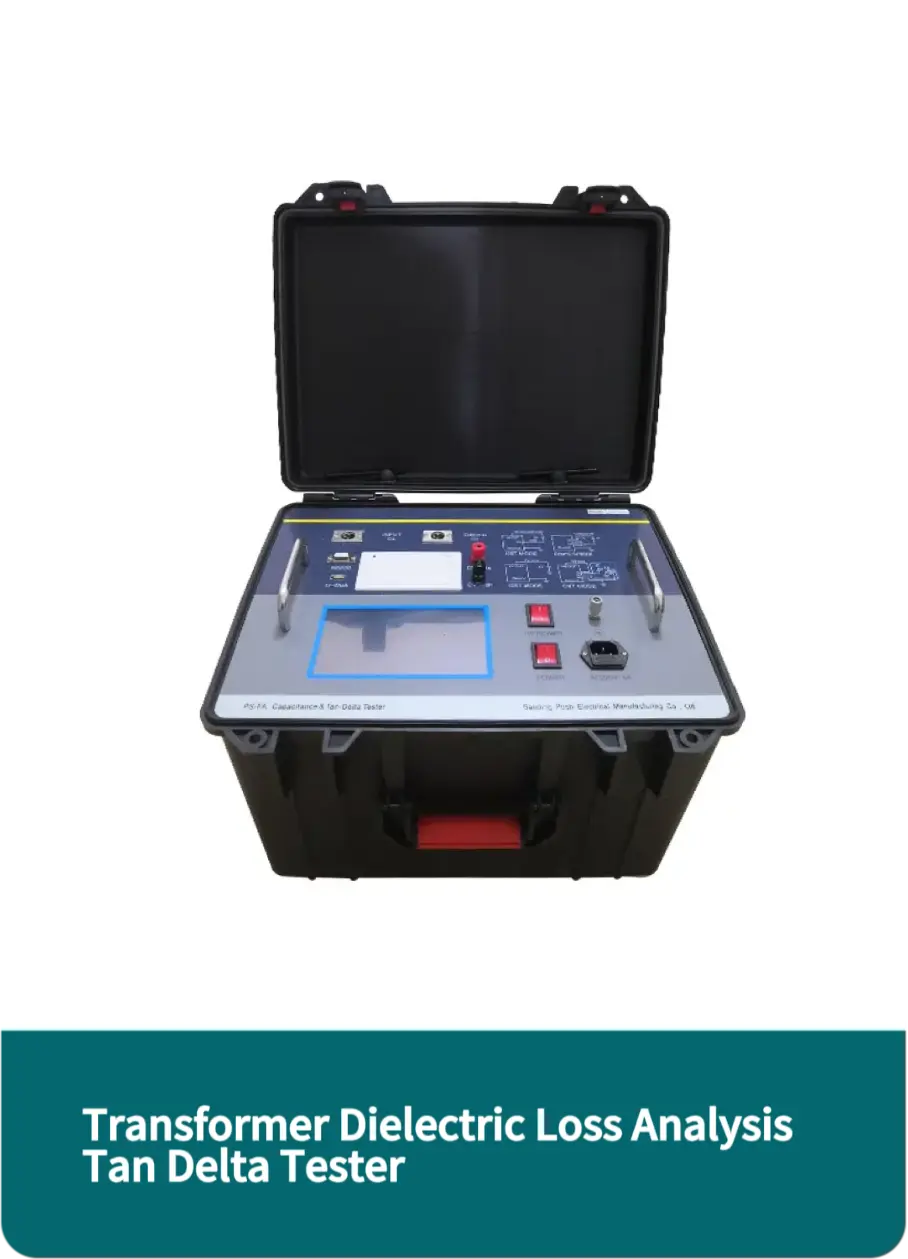 English
English



-
 Afrikaans
Afrikaans -
 Albanian
Albanian -
 Amharic
Amharic -
 Arabic
Arabic -
 Armenian
Armenian -
 Azerbaijani
Azerbaijani -
 Basque
Basque -
 Belarusian
Belarusian -
 Bengali
Bengali -
 Bosnian
Bosnian -
 Bulgarian
Bulgarian -
 Catalan
Catalan -
 Cebuano
Cebuano -
 China
China -
 China (Taiwan)
China (Taiwan) -
 Corsican
Corsican -
 Croatian
Croatian -
 Czech
Czech -
 Danish
Danish -
 Dutch
Dutch -
 English
English -
 Esperanto
Esperanto -
 Estonian
Estonian -
 Finnish
Finnish -
 French
French -
 Frisian
Frisian -
 Galician
Galician -
 Georgian
Georgian -
 German
German -
 Greek
Greek -
 Gujarati
Gujarati -
 Haitian Creole
Haitian Creole -
 hausa
hausa -
 hawaiian
hawaiian -
 Hebrew
Hebrew -
 Hindi
Hindi -
 Miao
Miao -
 Hungarian
Hungarian -
 Icelandic
Icelandic -
 igbo
igbo -
 Indonesian
Indonesian -
 irish
irish -
 Italian
Italian -
 Japanese
Japanese -
 Javanese
Javanese -
 Kannada
Kannada -
 kazakh
kazakh -
 Khmer
Khmer -
 Rwandese
Rwandese -
 Korean
Korean -
 Kurdish
Kurdish -
 Kyrgyz
Kyrgyz -
 Lao
Lao -
 Latin
Latin -
 Latvian
Latvian -
 Lithuanian
Lithuanian -
 Luxembourgish
Luxembourgish -
 Macedonian
Macedonian -
 Malgashi
Malgashi -
 Malay
Malay -
 Malayalam
Malayalam -
 Maltese
Maltese -
 Maori
Maori -
 Marathi
Marathi -
 Mongolian
Mongolian -
 Myanmar
Myanmar -
 Nepali
Nepali -
 Norwegian
Norwegian -
 Norwegian
Norwegian -
 Occitan
Occitan -
 Pashto
Pashto -
 Persian
Persian -
 Polish
Polish -
 Portuguese
Portuguese -
 Punjabi
Punjabi -
 Romanian
Romanian -
 Russian
Russian -
 Samoan
Samoan -
 Scottish Gaelic
Scottish Gaelic -
 Serbian
Serbian -
 Sesotho
Sesotho -
 Shona
Shona -
 Sindhi
Sindhi -
 Sinhala
Sinhala -
 Slovak
Slovak -
 Slovenian
Slovenian -
 Somali
Somali -
 Spanish
Spanish -
 Sundanese
Sundanese -
 Swahili
Swahili -
 Swedish
Swedish -
 Tagalog
Tagalog -
 Tajik
Tajik -
 Tamil
Tamil -
 Tatar
Tatar -
 Telugu
Telugu -
 Thai
Thai -
 Turkish
Turkish -
 Turkmen
Turkmen -
 Ukrainian
Ukrainian -
 Urdu
Urdu -
 Uighur
Uighur -
 Uzbek
Uzbek -
 Vietnamese
Vietnamese -
 Welsh
Welsh -
 Bantu
Bantu -
 Yiddish
Yiddish -
 Yoruba
Yoruba -
 Zulu
Zulu
A Comprehensive Guide to the Karl Fischer Titration Technique for Water Content Analysis
Understanding the Karl Fischer Titration Method A Comprehensive Overview
The Karl Fischer titration method is a highly esteemed analytical technique used for the precise determination of water content in various substances. Developed by the German chemist Karl Fischer in the early 20th century, this method has become essential in fields ranging from pharmaceuticals to food science, due to its accuracy and reliability. Understanding the principles, procedures, and applications of Karl Fischer titration is crucial for anyone involved in quality control or analytical chemistry.
At its core, Karl Fischer titration is a redox reaction involving iodine, sulfur dioxide, a base, and water. The underlying principle is straightforward water reacts with iodine in the presence of a base to produce hydriodic acid and sulfurous acid. The reaction can be summed up in the following equation
\[ \text{I}_2 + \text{H}_2\text{O} + \text{SO}_2 + 2\text{KOH} \rightarrow 2\text{KI} + \text{K}_2\text{SO}_3 + 2\text{H}_2\text{O} \]
In this process, the amount of iodine consumed is directly proportional to the water content in the sample being tested. Therefore, by tracking the amount of titrant used in the reaction, it is possible to quantify the moisture level in the substance.
karl fischer titration method

The method can be classified into two main variants volumetric and coulometric Karl Fischer titration. Volumetric titration is typically employed for higher water content samples, where a known concentration of iodine solution (the titrant) is added to the sample until the endpoint is reached. The endpoint can be identified visually or with the assistance of an electrochemical sensor that detects the transition point in the reaction.
On the other hand, coulometric titration is more suited for samples with low water content, typically below 0.1%. This method generates iodine in situ through an electrochemical reaction, eliminating the need for a prepared volumetric solution. The generated iodine reacts with the water in the sample, and the amount produced correlates with the water content. By measuring the electric charge passed during the reaction, the exact quantity of moisture can be determined.
One of the significant advantages of the Karl Fischer titration method is its specificity for water. Unlike other moisture analysis techniques such as loss on drying or thermogravimetric analysis, Karl Fischer titration is not influenced by other volatile substances that may be present in a sample. This specificity allows for the accurate analysis of a wide range of materials, including oils, powders, and solid pharmaceuticals.
Moreover, the precision of Karl Fischer titration makes it indispensable in industries where water content can significantly affect product quality and stability. For instance, in pharmaceutical manufacturing, excessive moisture can lead to degradation of active ingredients, while in the food industry, moisture levels can influence shelf life and safety. Consequently, regular monitoring using Karl Fischer titration ensures compliance with stringent regulatory standards and product consistency.
In conclusion, the Karl Fischer titration method remains one of the most reliable techniques for determining water content in various substances. Its precision, specificity, and adaptability to different sample types make it a cornerstone in analytical laboratories across numerous industries. As demands for quality control and compliance continue to rise, the importance of mastering this method cannot be overstated.
-
Testing Equipment Industry Sees Major Advancements in 2025: Smart & Precision Technologies Lead the WayNewsJun.06,2025
-
Applications of Direct Current Generators in Renewable Energy SystemsNewsJun.05,2025
-
Hipot Tester Calibration and Accuracy GuidelinesNewsJun.05,2025
-
Digital Circuit Breaker Analyzer Features and BenefitsNewsJun.05,2025
-
Benefits of Real-Time Power Quality Monitoring Devices for Industrial EfficiencyNewsJun.05,2025
-
Earth Fault Loop Testing in High-Rise Building Electrical SystemsNewsJun.05,2025



